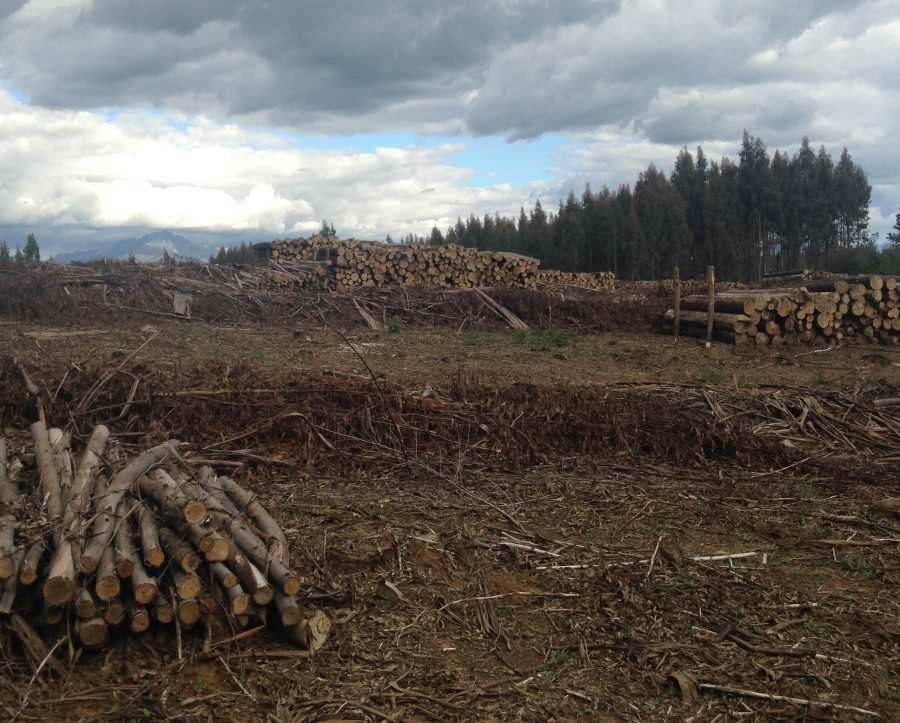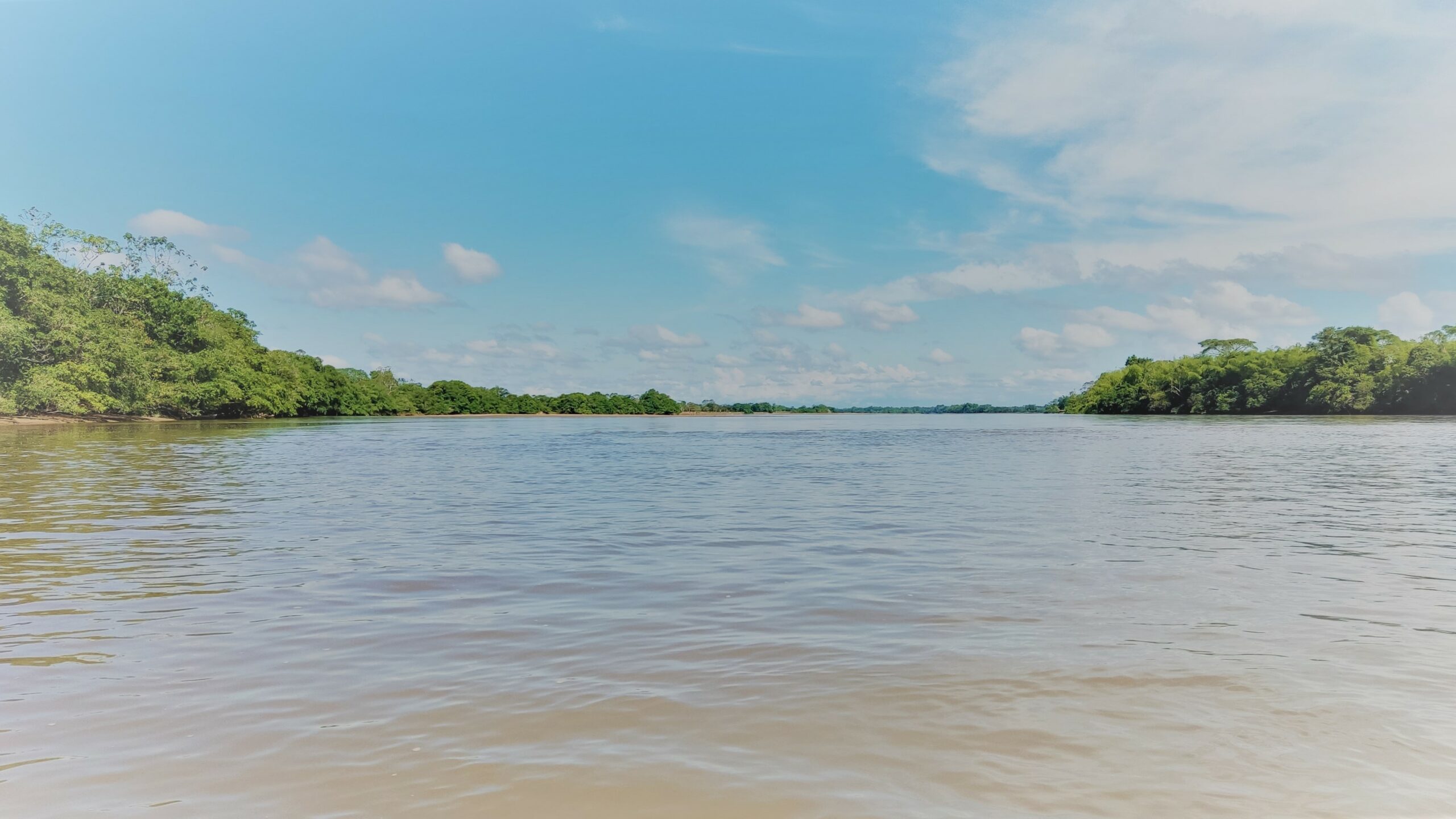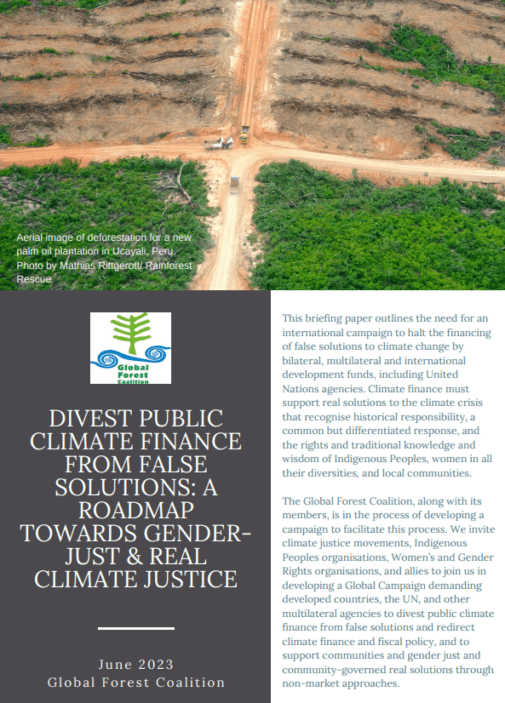UN institutions must comply with target to halt deforestation by 2020, say forest groups on International Day for Biological Diversity

May 22, 2016. On the International Day for Biological Diversity, and a day ahead of the United Nations Environment Assembly meeting in Nairobi, the Global Forest Coalition (GFC) [2] reminded [3] policy makers that halting deforestation by 2020, in line with target 15.2 of the Sustainable Development Goals (SDGs) [4], and community-driven forest restoration, must become key priorities in dealing with climate change and biodiversity loss. Despite the UN’s historic pledge to halt deforestation by 2020 most countries and UN institutions, in particular the Parties to the UN Framework Convention on Climate Change (UNFCCC) that are currently meeting in Bonn for their first formal meeting after the Paris Summit [5], seem to be ignoring this goal, putting at risk the world’s forests and biodiversity.
“Many countries, including heavily forested countries like Brazil and Bolivia, have disregarded the 2020 deforestation goal of the SDGs in their emissions reduction pledges [6] for the Paris Climate Agreement,” said Mary Lou Malig, campaigns coordinator of GFC.
As highlighted in GFCs publication Forest Cover’s 50th edition launched today [7], the problem is increased as the UNFCCC and other UN institutions are blurring the definition of forests by including monoculture plantations as forests. “In biodiversity terms, monoculture plantations are a threat rather than a contribution to biodiversity. If we follow this faulty definition, an increase in plantations may erroneously seem like increased forest cover but what this actually means is biodiversity loss,” said Souparna Lahiri of the All India Forum of Forest Movements, who is currently attending the UN climate talks for GFC. The Paris Climate Agreement allows parties to compensate their greenhouse gas emissions by tree planting and other carbon sequestration projects. “Such a promotion of monoculture plantations, especially of alien tree species like eucalyptus and pine, directly threatens biodiversity, and undermines the livelihoods of forest-dependent communities”, adds Lahiri [8].
Applauding the positive role of the Convention on Biological Diversity in this regard, GFC highlights that the CBD has produced clear recommendations (directed at, for example, the Intergovernmental Panel on Climate Change and the Parties to the Climate Change Convention) to take biodiversity into account in climate change policies [9]. The CBD’s scientific body has also highlighted the need to respect the rights, role and traditional knowledge of indigenous peoples, local communities and women in ecosystem restoration, and conservation [10].
“Now that the United Nations Environment Assembly is the world’s highest decision-making body on the environment, we can only hope that the Ministers of Environment that come together in Nairobi tomorrow will start a serious discussion on policy coherence and make sure their own negotiators do not say “A” in one forum, and “B” in another,” says Simone Lovera, GFC’s executive director, who is on her way to Nairobi from the climate talks in Bonn.
Notes








